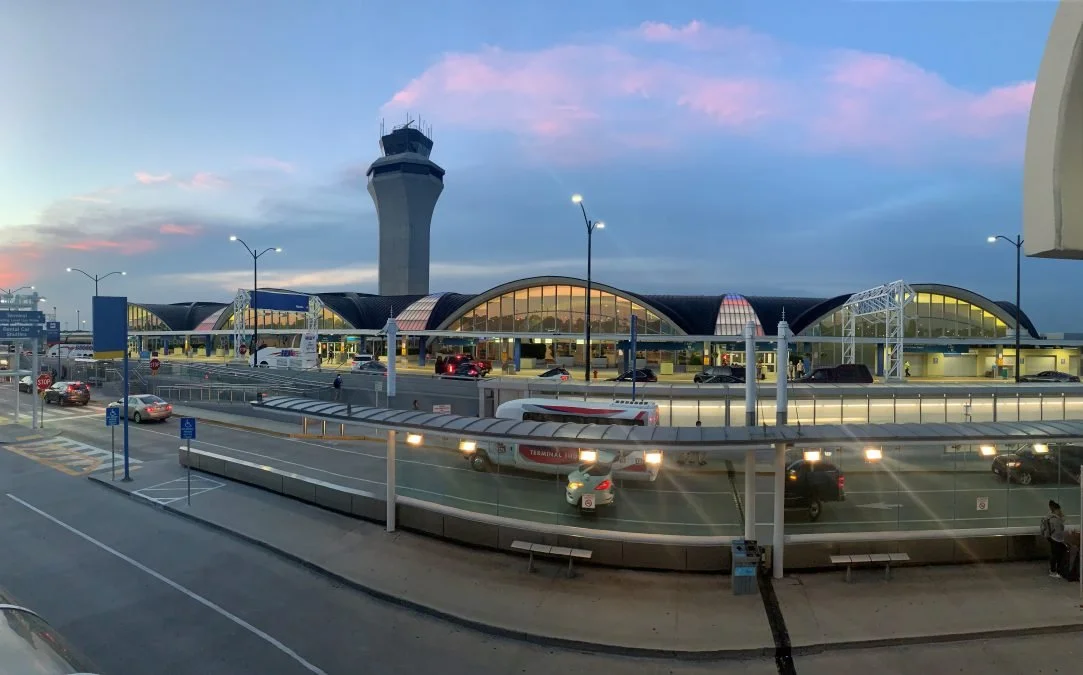As global and domestic markets recalibrate in the pandemic recovery environment, it has never been clearer just how important freight logistics and a healthy supply chain are to keep the economy moving. Demand for distribution space continues to grow, and a new report released by the St. Louis Regional Freightway reveals the southwestern Illinois and eastern Missouri region is rebounding from the uncertainty of 2020 and is well positioned to assist distributors and developers meet that demand.
The St. Louis Regional Real Estate Market Indicators & Workforce report focuses solely on bulk industrial buildings that are vital to the freight and logistics supply chain. The data highlights the strong market fundamentals in the St. Louis region, recent trends in construction and development, and the latest labor figures that demonstrate the presence of a highly skilled workforce ready to meet the needs of the bi-state region’s robust supply chain logistics, distribution and manufacturing industries.
Key Takeaways from the Report
Construction has rebounded from the uncertainty of 2020, with construction completions already totaling more than 1.8 MSF (over 70% of total completions from 2020) with an additional 1.6 MSF under construction, which is close to pre-pandemic levels.
Speculative construction activity levels are at 2.2 MSF for 2021, which equals speculative activity in both 2018 and 2019, a clear indication that developers believe the St. Louis market remains a strong place for industrial growth.
Bulk distribution buildings (more than 250,000 SF) remain the fastest growing sector in the St. Louis inventory.
The direct average asking rent for the entire St. Louis, MO-IL MSA market is at $3.76 per square foot for Q2 2021, which is close to 2019 rates but is a nearly $0.50 drop from five years before during Q2 2017.
Madison County in Illinois and North St. Louis County in Missouri represent the largest inventory of bulk buildings within the region with 68.8% of the building stock. When one factors in that an additional 6.9% of the bulk buildings are in neighboring St. Charles County (MO) to the west, it reinforces the locational advantages of being along the Interstate 70 corridor are a key driver of that concentration.
Examples of how the St. Louis region is supporting successful industrial developments are highlighted through a spotlight on the major redevelopment and investment in former and current auto manufacturing sites in the area. Following a $1.5 billion investment by General Motors into growing its Wentzville Assembly Center in 2019, the plant now employs 4,300 workers. The transportation and warehousing industry grew 11% faster in the five-mile radius around the GM plant than the national average.
Meanwhile, an estimated $550 million has been invested in developing both the Fenton Logistics Park and Aviator Business Park (at the sites of the former Chrysler and Ford auto plants respectively). Today, these redevelopments have collectively generated more than 3,150 jobs with more to follow at Fenton Logistics Park as the final four buildings are fully built out.
“Aside from the region’s locational advantages and exceptional freight network, the developers of both projects cited the available workforce as a contributor to the success of the redevelopments,” said Allison Gray, vice president, Steadfast City Economic & Community Partners, which developed the report. The fact that the St. Louis region has more workers in Production Occupations and Transportation/Material Moving Occupations than Louisville, Kansas City, and Nashville is an indication it can continue to deliver on the workforce front.
A second spotlight on the Illinois Route 3 Corridor in southwestern Illinois showcases its strength as the backbone of a 60-mile long logistics and manufacturing corridor that spans from north of Alton in Madison County to south of Waterloo in Monroe County and has access points to six Class 1 railroads, five airports with capacity, four interstates with national access, and America’s third largest inland port.
“We’ve enjoyed the fruits of the corridor and been part of it for nearly 150 years,” said Mike Patton, general manager of U.S. Steel, an integrated, flat rolled steel manufacturing operation in the heart of the Illinois Route 3 corridor. “But one thing that’s been fairly constant is we rely heavily on getting product to us, as well as shipping our product, and being geographically located in the Midwest, as well as having all of those transportation ways, if you will, there’s been a huge advantage for this facility and one of the reasons we’re still here.”
Information about nearly a dozen prime industrial sites along the Illinois Route 3 corridor and dozens of others across the bi-state region can be found in the Featured Real Estate Sites Map that rounds out the latest report. The map can also be found on the St. Louis Regional Freightway’s Website at www.thefreightway.com.
“With more than 51 million square feet of modern bulk inventory supported by a strong labor force and an exceptional freight network that provides tremendous optionality to move goods into and out of the region via river, rail, truck and runway, the bi-state St. Louis region is well positioned to deliver as demand for bulk distribution space to meet growing consumer demand increases,” said Mary Lamie, vice president of Multimodal Enterprises for Bi-State Development and head of the St. Louis Regional Freightway.
The report was released on the final day of FreightWeekSTL 2021, which was held May 24-28 and featured industry experts and leaders in freight, logistics and transportation. The week-long event was delivered by St. Louis Regional Freightway, The Waterways Journal and Bi-State Development. To see video from each of the FreightWeekSTL 2021 panel discussions, visit www.freightweekstl.com.





